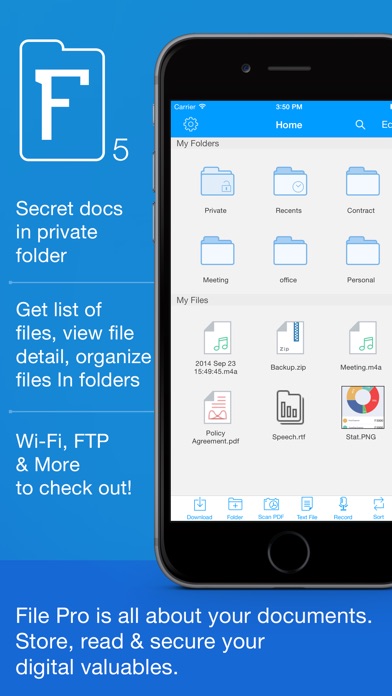

The disposition type is usually one of the following: This header provides information on the disposition type and disposition parameters. However, it can be interpreted by several HTTP clients including web browsers. The Content-Disposition header was originally intended for mail user-agents - since emails are multipart documents that may contain several file attachments. The Content-Disposition header is the right header for specifying this kind of information. To inform the client that the content of the resource is not meant to be displayed, the server must include an additional header in the response. The desired behavior is that the image should be downloaded not displayed. When the client (web browser in this case) receives this HTTP response, it simply displays or renders the GIF image - which is not the desired behavior. The response also contains some headers that give the client some information about the nature of the content it receives - in this example response, the Content-Type and Content-Length headers provide that information.

In this response, the server simply serves the raw content of the resource ( represented with the asterisks - *) which will be received by the client. Sample HTTP Response for a GIF image - the asterisks(*) represent the binary content of the image Here is what the response from the server could possibly look like: Though the diagram indicates the communication flow, it does not explicitly show what the request from the client looks like or what the response from the server looks like. The orange line shows the flow of the response from the server back to the client. In this diagram, the green line shows the flow of the request from the client to the server over HTTP. Schematic of Client-Server communication in fetching a file via HTTP


 0 kommentar(er)
0 kommentar(er)
